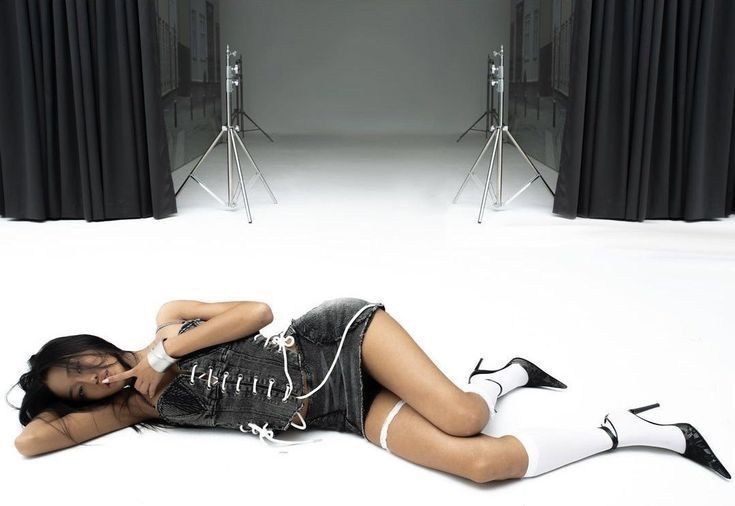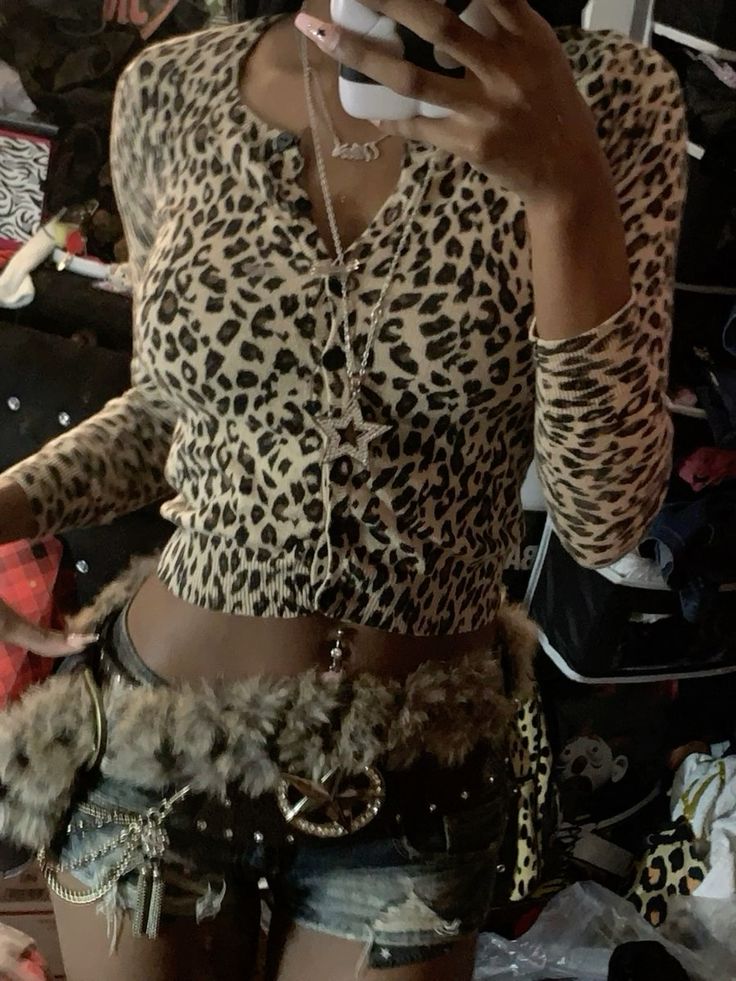The Culture Industry. What is it? In today’s world, the term “The Culture Industry” refers to the mass production of things like art, entertainment, music and fashion. These things usually go on to be sold as products. Instead of focusing on USPs (unique selling points) and creativity, the main goal is to make money quickly while giving the public what they want most—what’s in high demand.

Philosophers, Theodor Adorno and Max Horkheimer came up with the idea of “The Culture Industry” in their 1944 essay, Dialectic of Enlightenment.
Adorno and Horkheimer speak about how, in capitalist societies, cultures are sold mainly to make money rather than to inspire and create.
Fast Fashion & The Culture Industry
Fast fashion is a great example when looking into The Culture Industry. If you’ve been using TikTok for a while, you may have noticed how specific patterns trend for a year, and then a new pattern comes along to take its spot in the limelight. This year, it was leopard print. Leopard prints were everywhere this year, and of course, fast fashion brands had to get in on the trend to make as much money as possible.
Fast fashion is a great example when looking into The Culture Industry. If you’ve been using TikTok for a while, you may have noticed how specific patterns trend for a year, and then a new pattern comes along to take its spot in the limelight. This year, it was leopard print. Leopard prints were everywhere this year, and of course, fast fashion brands had to get in on the trend to make as much money as possible. Brands like Shein and Zara are leaders in the fast fashion industry. They are quick to take the latest social media trends/runway trends, replicate them, and offer them to consumers at affordable, attractive prices.
Being able to stay on trend and look great for a good price is amazing. However, this highlights The Culture Industry’s focus on quantity over quality. The downside is that the clothes are often poorly made, with cheap materials that fall apart after a few wears—basically, you get what you pay for! In the fast fashion model, clothing is treated as something made solely for profit, rather than as art with cultural value. Yes, clothing can be seen as art! But in the fast fashion world, there is little room for this interpretation, as the focus is primarily on how much can be sold.
Fast fashion can offer us the latest trends at favourable prices, but it’s a clear example of how The Culture Industry prioritises profit over creativity, sustainability, and ethics. In the race to follow trends, we might forget that fashion is about self-expression and creativity. Instead of buying into the constant cycle of what’s “in” and what’s “out,” we could benefit from slowing down and appreciating the cultural, artistic, and ethical dimensions of what we wear. After all, fashion, at its core, is an art form—one that reflects not only our personal style but also our values.





Hi! This article presents a relevant exploration of the culture industry through the lens of fast fashion. It clearly outlines the concept and ties it well to the example of leopard print trends and fast fashion brands. It makes a valid point about the trade-off between quantity and quality, and how profit often overshadows other aspects. However, it could have provided more in-depth analysis of the long-term impacts on the environment and workers in the fast fashion supply chain. Also, it might have discussed potential solutions or alternatives to the current fast fashion model to make the discussion more comprehensive.